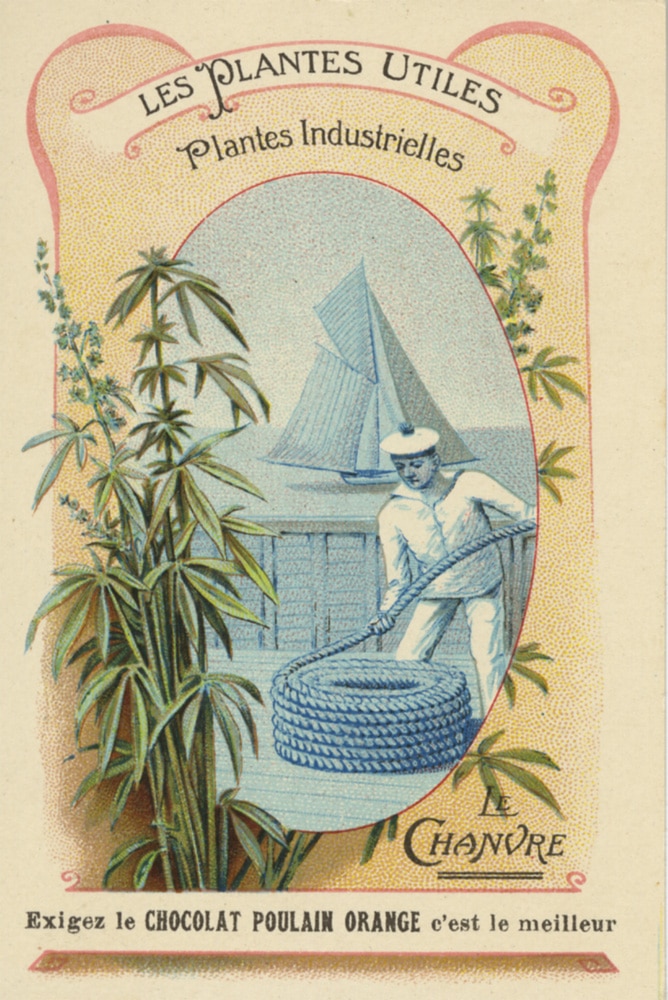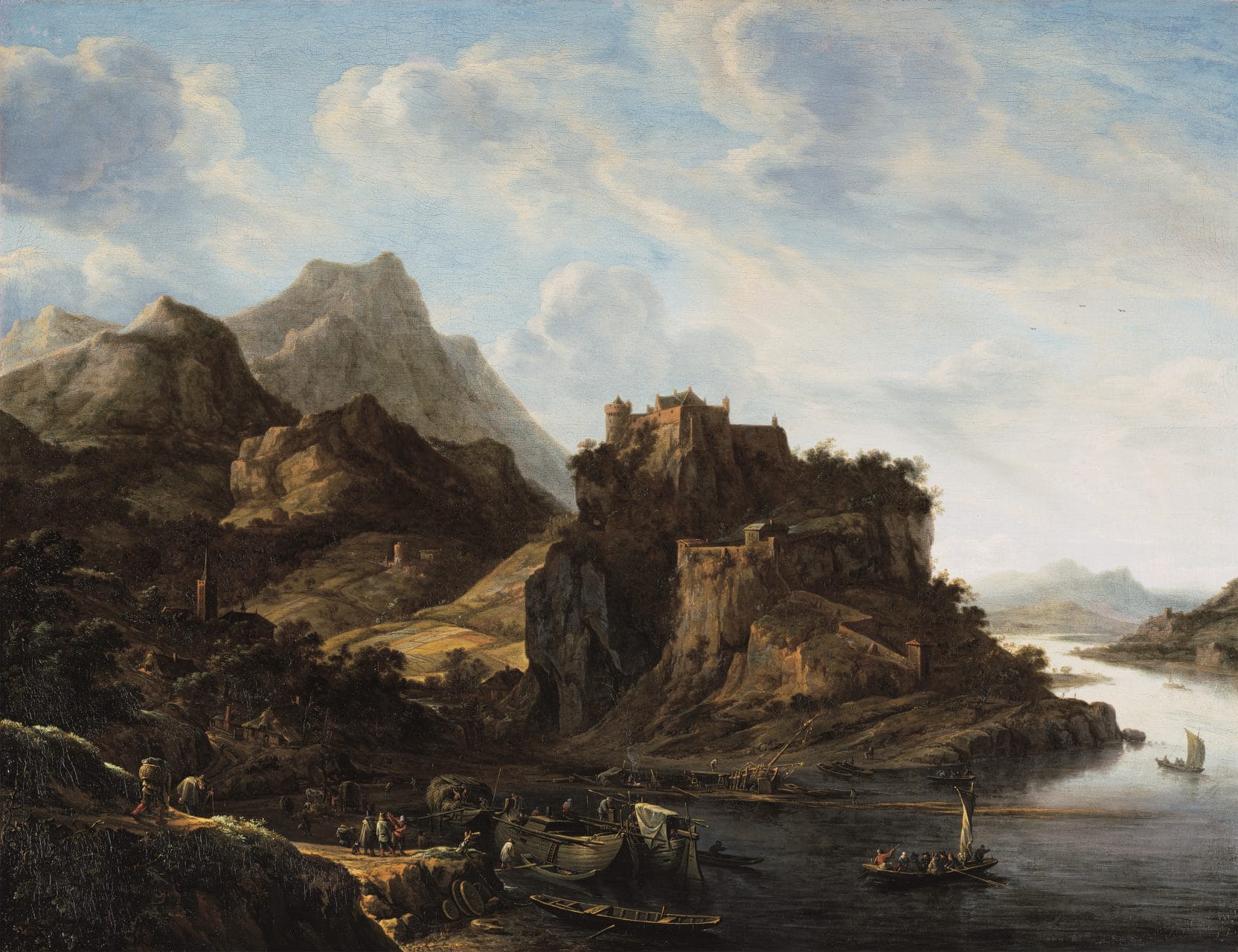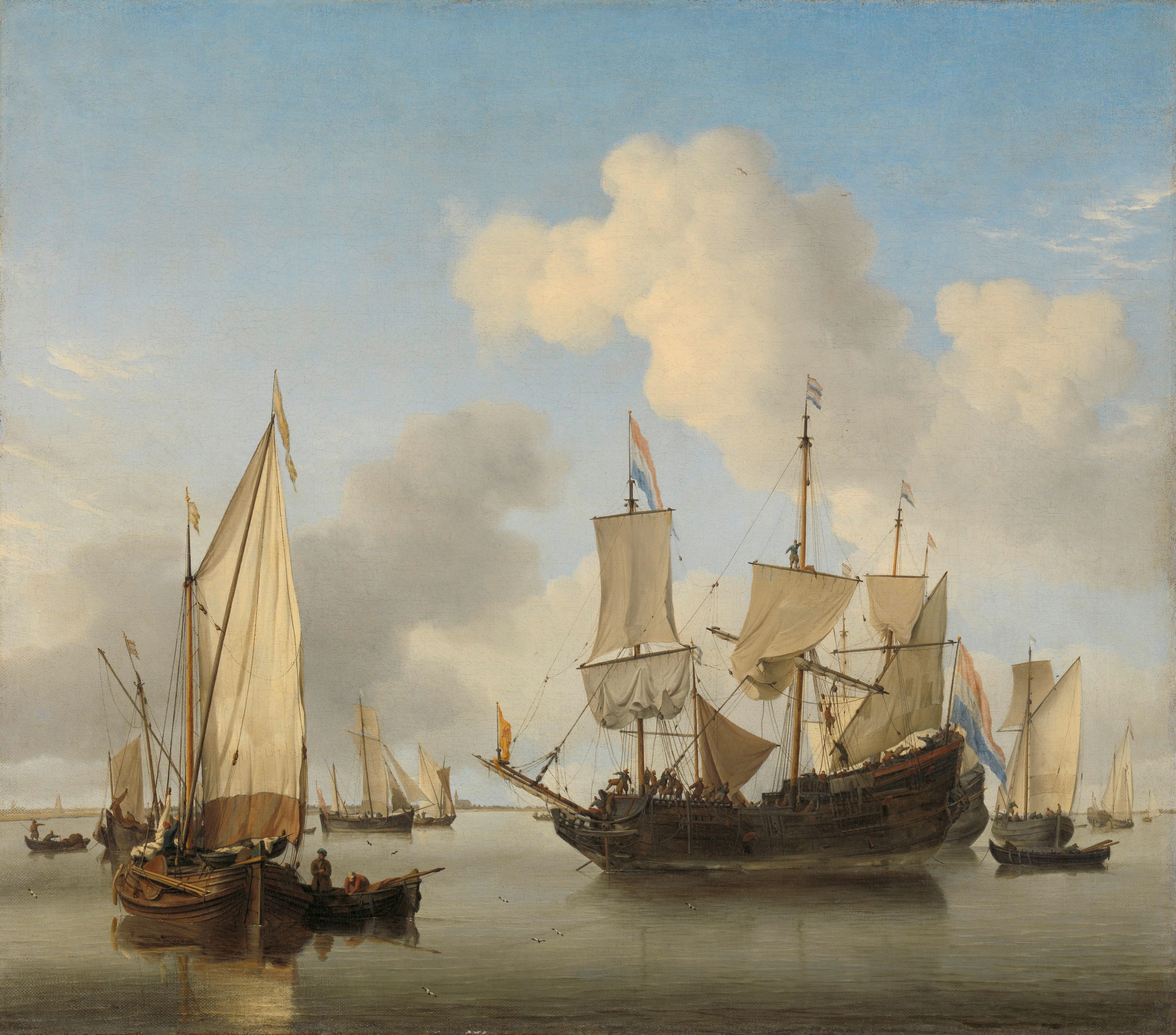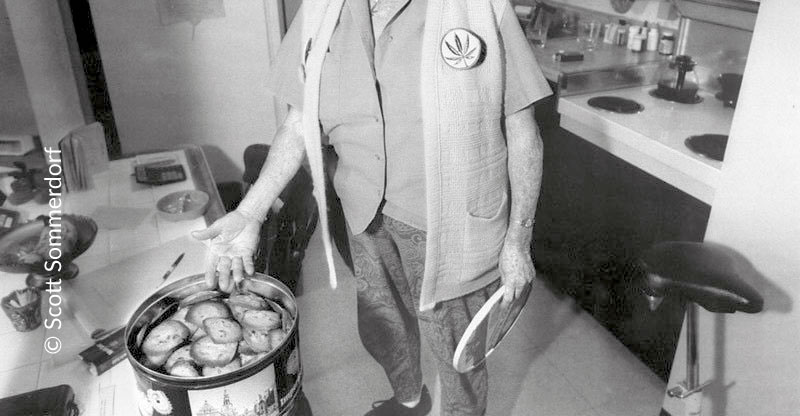
Hemp for Shipping
Hemp was used for a ship’s sails, rigging and other ropes. After wood, hemp was the material most used in ship-building.
Hemp was treated with tar and used to fill the seams between the planks of a wooden hull in order to make ships watertight. No other natural fibre can withstand the forces of the open ocean and the ravages of salt water as well as hemp is able to.













